What You Need To Know About Abnormal Angiogenesis and Your Health: Understanding the Risks and 4 Simple Natural Ways to Reverse and Promote Healthy Blood Vessel Growth
Abnormal Angiogenesis: Understanding the Risks and 4 Simple Natural Ways to Reverse and Promote Healthy Blood Vessel Growth
Overview
Abnormal Angiogenesis? Angiogenesis, the process of forming new blood vessels, plays a vital role in various physiological functions, such as
tissue development, organ function, wound healing, and embryonic development. However, when angiogenesis becomes uncontrolled or excessive, it is said to be dysregulated and can contribute to the progression of several diseases, including cancer, diabetic retinopathy, and cardiovascular disorders. Recognizing the risks associated with dysregulated or abnormal angiogenesis and understanding natural ways to reverse it can provide valuable insights into maintaining a healthy vascular system and allow you to take control of your health. In this article, we explore angiogenesis, its risks, and natural methods to modulate this process, drawing on scientific references for a comprehensive understanding.
What is Angiogenesis?
Angiogenesis involves the formation of new blood vessels from pre-existing ones. It is regulated by a delicate balance of pro-angiogenic and anti-angiogenic factors in the body. Under normal circumstances, angiogenesis occurs during tissue repair, menstrual cycles, and embryonic development. However, dysregulated angiogenesis can occur in pathological conditions, leading to excessive blood vessel growth. Angiogenesis can be come become a significant health problem, for example, when cancer or fat cells grow blood vessels excessively and uncontrollably. This is known as dysregulated or abnormal angiogenesis.
What does excessive angiogenesis mean?
Excessive angiogenesis refers to an abnormal or uncontrolled formation of new blood vessels in the body. Angiogenesis is a tightly regulated process that occurs during various physiological processes, such as embryonic development, wound healing, and tissue repair. However, when angiogenesis becomes dysregulated or excessive, it can contribute to the development and progression of certain diseases and disorders.
Excessive angiogenesis is typically characterized by the formation of an excessive number of blood vessels or the formation of abnormal blood vessels that are structurally and functionally different from normal vessels. These blood vessels may exhibit increased permeability, irregular branching patterns, and poor stability. Additionally, excessive angiogenesis often involves an imbalance between pro-angiogenic and anti-angiogenic factors in the body.
Overall, excessive angiogenesis refers to the uncontrolled formation of blood vessels, often associated with specific diseases and disorders. Understanding the mechanisms underlying abnormal angiogenesis is crucial for developing targeted therapies to modulate blood vessel growth and mitigate the negative consequences associated with excessive angiogenesis.
Understanding the Risks of Abnormal Angiogenesis
As mentioned above, abnormal angiogenesis refers to the uncontrolled or excessive formation of blood vessels, disrupting the delicate balance between pro-angiogenic and anti-angiogenic factors. It is associated with various health risks including, genetic abnormalities, chronic inflammation, hypoxia, and imbalances in angiogenic growth factors. In cancer, for instance, tumors require a sufficient blood supply for their growth and metastasis. Excessive angiogenesis facilitates the tumor’s access to nutrients, promoting its survival and spreading to distant sites. Additionally, diseases such as age-related macular degeneration and diabetic retinopathy can cause abnormal angiogenesis in the eye, leading to vision impairment or loss.
What is the Effect of Inflammation on Angiogenesis
Inflammation serves as a potent stimulus for angiogenesis. During acute and chronic inflammatory responses, pro-inflammatory factors, such as cytokines, chemokines, and growth factors, are released, creating a microenvironment conducive to abnormal angiogenesis. These factors promote the migration and proliferation of endothelial cells, leading to the formation of new blood vessels. This angiogenic response is essential for supplying oxygen, nutrients, and immune cells to the inflamed area, aiding in tissue repair and resolution of inflammation.
While abnormal angiogenesis in response to inflammation is a physiological process, chronic or dysregulated inflammation can lead to pathological angiogenesis. In conditions such as rheumatoid arthritis, atherosclerosis, and cancer, persistent inflammation triggers an imbalance in pro- and anti-angiogenic factors, favoring the formation of abnormal blood vessels. These vessels are often leaky, structurally abnormal, and contribute to tissue damage, perpetuating the inflammatory response and promoting disease progression.
The connection between angiogenesis and inflammation has significant implications for disease development and progression. Abnormal angiogenesis can cause chronic inflammation, leading to tissue damage and dysfunction. Also, the newly formed blood vessels may serve as conduits for inflammatory cells and mediators, facilitating their infiltration into tissues and exacerbating the inflammatory response. Now let’s discuss some of these diseases.
Abnormal Angiogenesis and the Effect on Diseases
As you know, when angiogenesis becomes dysregulated, it can contribute to the pathogenesis and progression of various diseases. Now let’s explore the intricate relationship between angiogenesis and diseases, shedding light on how abnormal blood vessel formation plays a role in different pathological conditions.
Cancer
Cancer is characterized by sustained angiogenesis that promotes tumor growth, invasion, and metastasis. Tumors require an extensive blood supply to sustain their growth and metastasis. Tumor cells release pro-angiogenic factors, such as vascular endothelial growth factor (VEGF), to induce the formation of new blood vessels that supply nutrients to the growing tumor mass. Inhibiting abnormal angiogenesis has emerged as a promising therapeutic approach in cancer treatment, with anti-angiogenic drugs being developed to target the tumor’s blood supply and inhibit its growth. However, there are natural alternatives to taking therapeutically manufactured drugs, which we will discuss later.
Obesity
Obesity is characterized by an excessive accumulation of adipose tissue, leading to increased adipocyte size and number. The expansion of adipose
When angiogenesis takes place in fat cells, it has implications for metabolic health in obesity. The growth of fat cells and the associated angiogenesis can result in the development of a dysfunctional adipose tissue microenvironment. This means that it can lead to increased inflammation and insulin resistance, a process in which liver, muscle, and fat cells do not respond efficiently to the presence of insulin.
As a result, the pancreas compensates by producing more insulin to overcome this resistance. This increased production of insulin is known as hyperinsulinemia. However, even with higher levels of insulin, the cells still fail to respond adequately, leading to elevated blood sugar levels (hyperglycemia). Insulin resistance is often associated with metabolic syndrome, a cluster of conditions that increase the risk of developing cardiovascular diseases, type 2 diabetes, and other health complications.
Moreover, excessive angiogenesis in adipose tissue may disrupt the balance between pro- and anti-angiogenic factors, contributing to the formation of abnormal and leaky blood vessels, further exacerbating metabolic dysfunction.
Diabetic Retinopathy and Age-Related Degeneration (AMD)
Several eye diseases, such as age-related macular degeneration (AMD), are associated with abnormal angiogenesis. In AMD, the growth of abnormal blood vessels in the retina leads to vision loss. In diabetic retinopathy, a common complication of diabetes, abnormal angiogenesis occurs in the retina. The excess growth of blood vessels can lead to retinal hemorrhages, macular edema, and vision loss. Angiogenic factors, including VEGF, are upregulated in the diabetic retina, driving the pathological angiogenesis. Anti-angiogenic therapies, such as anti-VEGF agents, have shown promising results in managing diabetic retinopathy by inhibiting abnormal blood vessel formation.
Cardiovascular Diseases
In cardiovascular diseases such as atherosclerosis and ischemic heart disease, abnormal angiogenesis contributes to disease progression. Atherosclerosis is characterized by the formation of plaques within blood vessels, and abnormal angiogenesis within these plaques can lead to plaque instability and rupture, triggering acute cardiovascular events such as heart attacks and unstable angina.
Ischemic heart disease results from reduced blood supply to the heart muscle, triggering the release of angiogenic factors in an attempt to restore blood flow to the oxygen-deprived heart tissue. However, the newly formed blood vessels may be structurally abnormal and insufficient to provide adequate perfusion. Strategies aimed at promoting healthy angiogenesis while inhibiting abnormal vessel formation hold promise for the management of these cardiovascular conditions. Moreover, consumption of nutritious foods and supplements can help prevent theses cardiovascular events.
Diabetes
Abnormal angiogenesis in diabetes refers to the process of blood vessel formation that occurs in response to the metabolic and vascular changes associated with diabetes. Diabetes is a chronic condition characterized by elevated blood sugar levels, which can lead to various complications affecting multiple organs and tissues in the body, including the eyes, kidneys, nerves, and limbs.
In diabetes, abnormal angiogenesis plays a complex role and can have detrimental effects:
- Wound Healing: Diabetes can impair the body’s ability to heal wounds due to reduced blood flow and impaired immune response. Angiogenesis plays a critical role in wound healing by promoting the formation of new blood vessels to supply oxygen and nutrients to the healing site. However, in diabetes, the angiogenic response may be compromised, leading to delayed or impaired wound healing.
- Macrovascular Complications: Diabetes increases the risk of macrovascular complications, such as atherosclerosis (hardening and narrowing of arteries). Angiogenesis is involved in the development of collateral blood vessels, which can act as alternative routes to bypass blocked or narrowed arteries. However, in the context of diabetes, angiogenesis in atherosclerotic plaques can contribute to plaque instability, leading to increased risk of heart attacks and strokes.
- Microvascular Complications: Diabetes can cause damage to the small blood vessels, leading to microvascular complications. Angiogenesis plays a role in the development of microvascular complications such as diabetic nephropathy (kidney disease) and diabetic neuropathy (nerve damage). Excessive or abnormal angiogenesis in these conditions can contribute to the progression of tissue damage and dysfunction.
Understanding the connection between angiogenesis and diabetes is essential for developing targeted therapies to manage complications associated with angiogenesis in diabetes. Strategies aimed at modulating angiogenesis, such as anti-angiogenic therapies or promoting controlled and regulated angiogenesis, may hold potential in preventing or treating diabetic complications. However, further research is needed to elucidate the underlying mechanisms and identify specific targets for therapeutic intervention in angiogenesis-related complications of diabetes.
Rheumatoid Arthritis
Inflammatory processes in rheumatoid arthritis can stimulate angiogenesis within the inflamed synovial tissue, leading to the formation of abnormal blood vessels that contribute to joint inflammation and destruction.
Psoriasis
This chronic skin condition is characterized by excessive growth of skin cells. In psoriatic lesions, abnormal angiogenesis is increased, supplying nutrients and immune cells to the rapidly proliferating skin cells.
Endometriosis
In endometriosis, tissue resembling the lining of the uterus grows outside the uterus. This abnormal tissue can induce angiogenesis, leading to the formation of blood vessels within the endometrial-like implants.
Natural Ways to Reverse Abnormal Angiogenesis
Several natural approaches may help modulate angiogenesis, potentially contributing to the prevention and treatment of angiogenesis-related disorders. It is important to note that these methods are complementary to standard medical treatments, and consulting a healthcare professional is always recommended.
1. Dietary Modifications
Certain foods and dietary components have been associated with angiogenesis modulation. For example, consuming a diet rich in anti-angiogenic compounds, such as green tea, tomatoes, berries, turmeric, and dark chocolate, may help inhibit abnormal blood vessel growth. These foods contain bioactive compounds, including polyphenols and flavonoids, known for their anti-angiogenic properties.
2. Regular Exercise
Physical activity has been shown to regulate angiogenesis. Regular exercise promotes the release of angiogenic factors that contribute to healthy blood vessel formation. Engaging in moderate-intensity aerobic exercises, such as brisk walking or cycling, for at least 30 minutes a day can positively influence angiogenesis.
3. Stress Reduction Techniques
Chronic stress can disrupt the delicate balance between pro-angiogenic and anti-angiogenic factors. Incorporating stress reduction techniques like Prayer, meditation, deep breathing exercises, sauna bathing, and yoga may help regulate abnormal angiogenesis by modulating stress hormone levels and promoting overall well-being.
4. Herbal Supplements
Certain herbal supplements have demonstrated potential anti-angiogenic effects. Substances like ginseng, ginkgo biloba, resveratrol, and curcumin have been studied for their ability to inhibit abnormal angiogenesis. However, it is essential to consult with a healthcare professional before incorporating any herbal supplements into your routine, as they may interact with medications or have contraindications.
Final Thoughts
Angiogenesis plays a critical role in maintaining healthy physiological functions, but abnormal angiogenesis can contribute to the progression of various diseases. Understanding the risks associated with dysregulated angiogenesis and exploring natural methods to modulate this process is of significant importance. By adopting dietary modifications, regular exercise, stress reduction techniques, and considering herbal supplements, individuals may potentially help promote a healthy angiogenic balance. As always, it is crucial to consult with a healthcare professional to tailor an approach that suits your individual needs and medical conditions. Below is a supplement that can help you get started in promoting a healthy angiogenic balance.
For natural and healing remedies, products, and supplements that can help you live your most optimal healthy life, visit our store here!
To Your Health!
References
Folkman J. Angiogenesis. Annu Rev Med. 2006;57:1-18.
Potente M, Gerhardt H, Carmeliet P. Basic and therapeutic aspects of angiogenesis. Cell. 2011;146(6):873-887.
Ferrara N, Kerbel RS. Angiogenesis as a therapeutic target. Nature. 2005;438(7070):967-974.
Li C, Gardy R, Seon J. No title found. Nutrients. 2020;12(2):471.
Borsig L, Wang L, Cavalcante MC, et al. Selectins facilitate tumor metastasis. Semin Cancer Biol. 2010;20(3):169-177.
Ellis LM, Hicklin DJ. VEGF-targeted therapy: mechanisms of anti-tumour activity. Nat Rev Cancer. 2008;8(8):579-591.
Ortega-Martínez S. Garcimartín-Agúndez Á, Martín-Román Á, Vázquez-Ruiz Z, et al. Angiogenesis and antioxidant therapy in diabetic retinopathy. Oxid Med Cell Longev. 2020;2020:3267849.
Carmeliet P. Angiogenesis in health and disease. Nat Med. 2003;9(6):653-660.
Fernandes R, Vangipuram G, Pakrasi S, et al. Targeting multiple angiogenic pathways for the treatment of retinal neovascularization. Dev Ophthalmol. 2016;55:199-211.
Aggarwal BB, Sundaram C, Prasad S, et al. Curcumin, a component of turmeric: from farm to pharmacy. Biofactors. 2010;39(1):2-13.
Folkman J. Tumor angiogenesis: therapeutic implications. N Engl J Med. 1971;285(21):1182-1186.
Carmeliet P, Jain RK. Angiogenesis in cancer and other diseases. Nature. 2000;407(6801):249-257.
Ferrara N, Adamis AP. Ten years of anti-vascular endothelial growth factor therapy. Nat Rev Drug Discov. 2016;15(6):385-403.
Jain RK. Normalization of tumor vasculature: an emerging concept in antiangiogenic therapy. Science. 2005;307(5706):58-62.
Antonetti DA, Klein R, Gardner TW. Diabetic retinopathy. N Engl J Med. 2012;366(13):1227-1239.
Simó R, Hernández C. Novel approaches for treating diabetic retinopathy based on recent pathogenic evidence. Prog Retin Eye Res. 2015;48:160-180.
Wykoff CC, Brown DM, Maldonado ME, et al. Predictors of visual acuity outcomes following intravitreal aflibercept for diabetic macular edema: the SAVE study. Clin Ophthalmol. 2018;12:1961-1967.
Carmeliet P. Angiogenesis in health and disease. Nat Med. 2003;9(6):653-660.
Wu J, Zeng Z, Zhang W, et al. Vascular endothelial growth factor pathway: therapeutic targets for angiogenesis-mediated pathological disorders. Curr Med Chem. 2019;26(8):1389-1403.
Carmeliet P, Jain RK. Principles and mechanisms of vessel normalization for cancer and other angiogenic diseases. Nat Rev Drug Discov. 2011;10(6):417-427.
National Cancer Institute. Tumor Angiogenesis. Available online: https://www.cancer.gov/about-cancer/treatment/types/immunotherapy/angiogenesis-inhibitors-fact-sheet
National Eye Institute. Facts About Diabetic Eye Disease. Available online: https://nei.nih.gov/health/diabetic/retinopathy
National Heart, Lung, and Blood Institute. Angiogenesis and Heart Disease. Available online: https://www.nhlbi.nih.gov/science/angiogenesis-heart-disease
Cao Y. Angiogenesis modulates adipogenesis and obesity. J Clin Invest. 2007;117(9):2362-2368.
Sun K, Kusminski CM, Scherer PE. Adipose tissue remodeling and obesity. J Clin Invest. 2011;121(6):2094-2101.
Khan T, Muise ES, Iyengar P, et al. Metabolic dysregulation and adipose tissue fibrosis: role of collagen VI. Mol Cell Biol. 2009;29(6):1575-1591.
Lijnen HR. Angiogenesis and obesity. Cardiovasc Res. 2008;78(2):286-293.
Sun K, Wernstedt Asterholm I, Kusminski CM, et al. Dichotomous effects of VEGF-A on adipose tissue dysfunction. Proc Natl Acad Sci U S A. 2012;109(15):5874-5879.
Fuster JJ, Ouchi N, Gokce N, et al. Obesity-induced changes in adipose tissue microenvironment and their impact on cardiovascular disease. Circ Res. 2016;118(11):1786-1807.
Folkman J. Angiogenesis in inflammation: a paradox. Semin Immunol. 2006;18(6):371-377.
Carmeliet P, Jain RK. Molecular mechanisms and clinical applications of angiogenesis. Nature. 2011;473(7347):298-307.
Medzhitov R. Origin and physiological roles of inflammation. Nature. 2008;454(7203):428-435.
Hot A, Lenief V, Miossec P. Combination of IL-17 and TNFα induces a pro-inflammatory, pro-coagulant and pro-thrombotic phenotype in human endothelial cells. Ann Rheum Dis. 2012;71(5):768-776.
Grivennikov SI, Greten FR, Karin M. Immunity, inflammation, and cancer. Cell. 2010;140(6):883-899.
Bergers G, Benjamin LE. Tumorigenesis and the angiogenic switch. Nat Rev Cancer. 2003;3(6):401-410.
De Palma M, Biziato D, Petrova TV. Microenvironmental regulation of tumour angiogenesis. Nat Rev Cancer. 2017;17(8):457-474.
Claesson-Welsh L, Welsh M. VEGFA and tumour angiogenesis. J Intern Med. 2013;273(2):114-127.

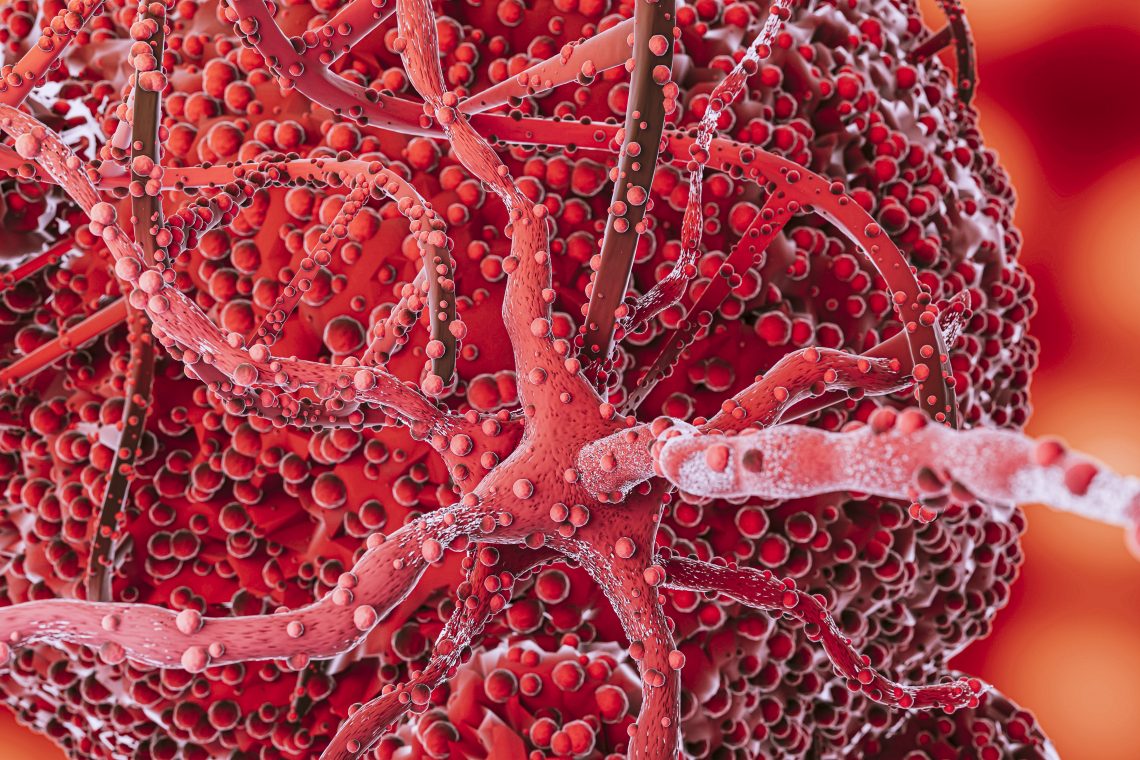





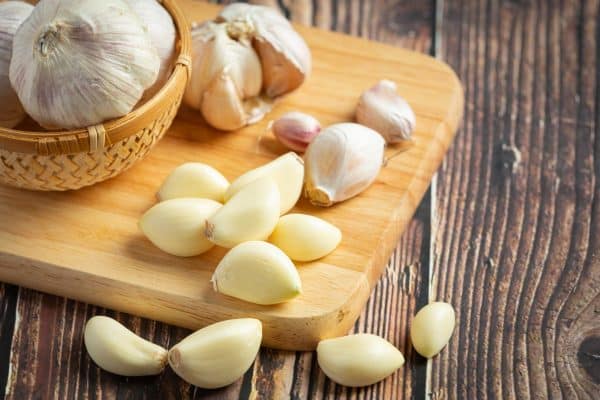
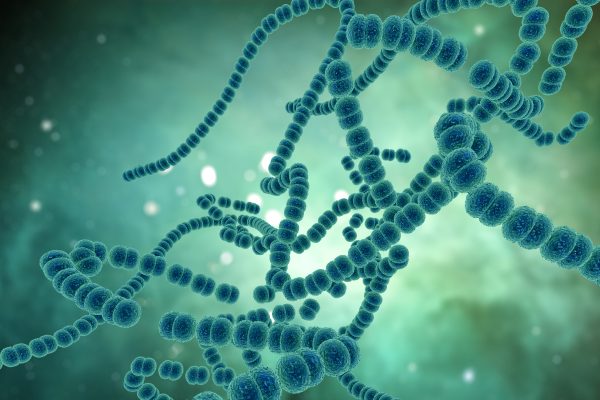
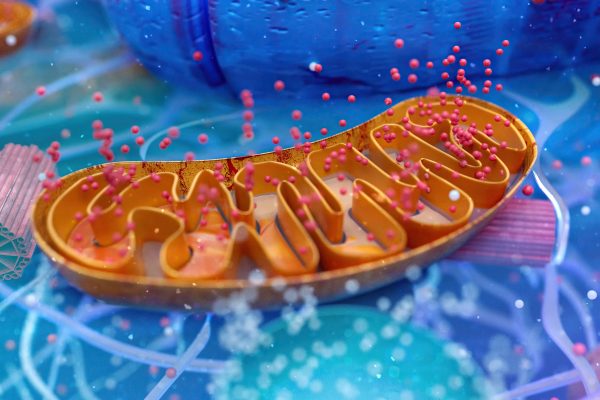
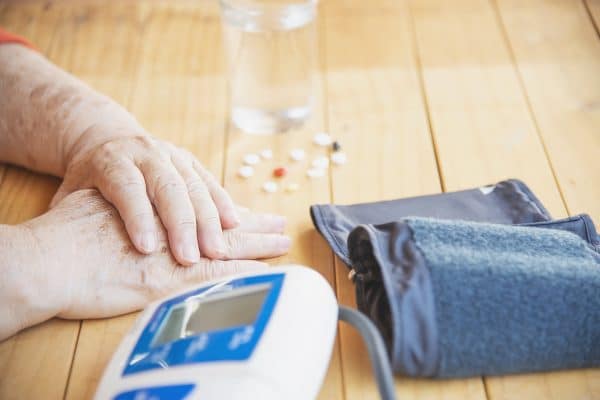


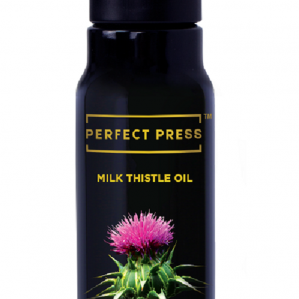
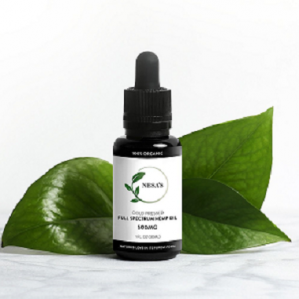
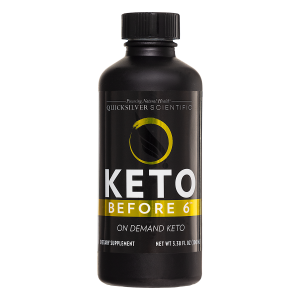
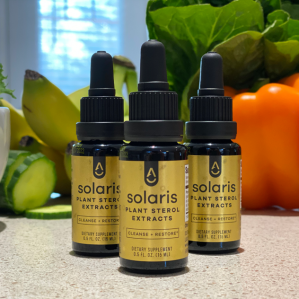











0 Comment